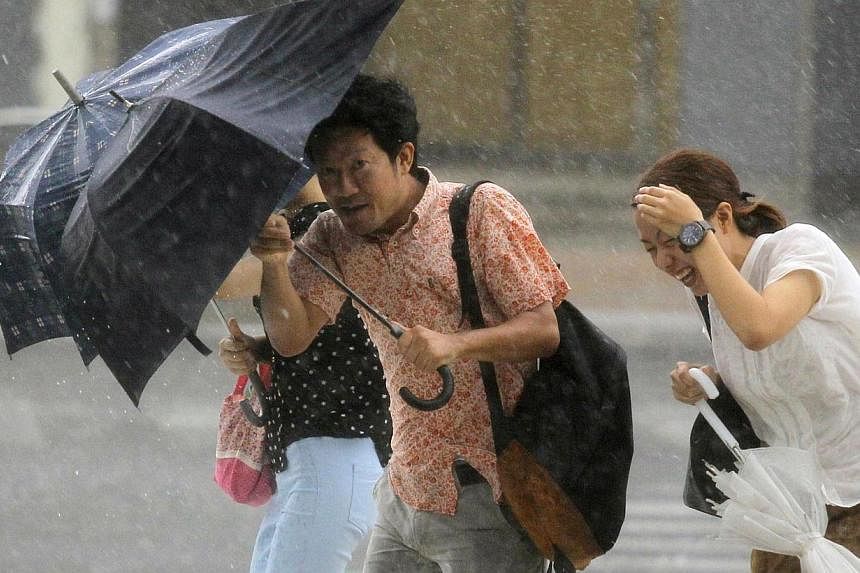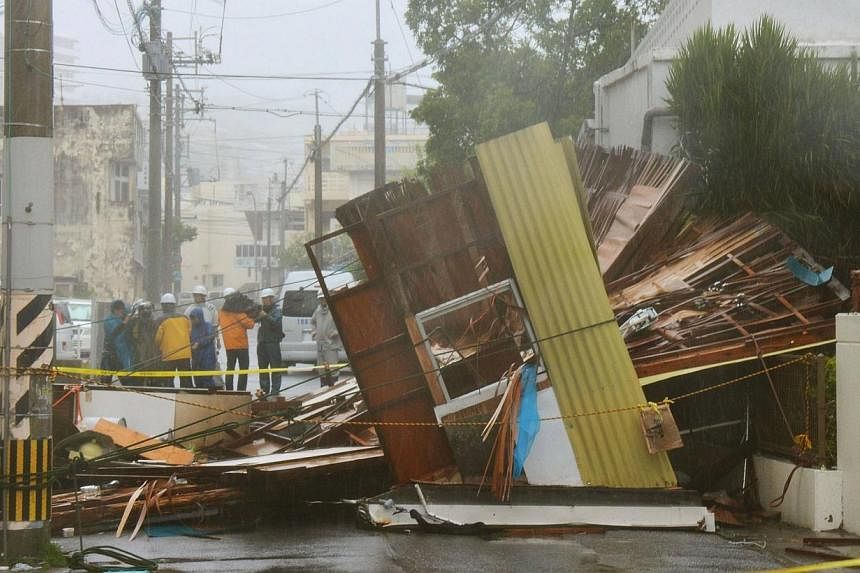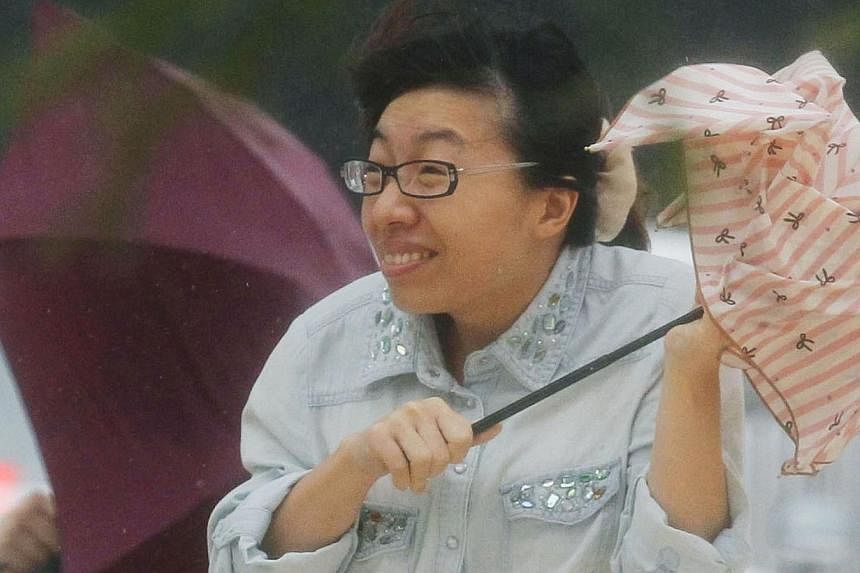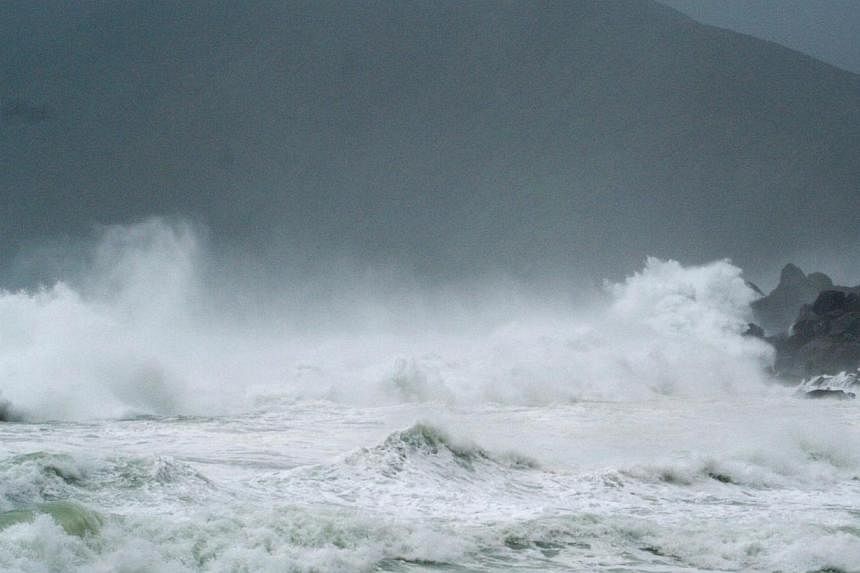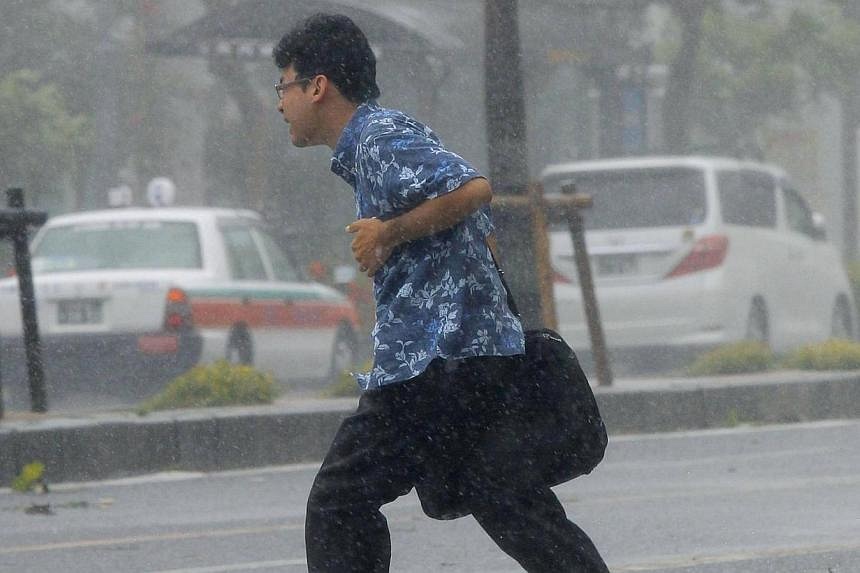TOKYO (AFP) - Typhoon Neoguri bore down on the Japanese mainland on Wednesday after slamming into the southern Okinawa island chain, killing two people and leaving a trail of damage.
Packing gusts of up to 180 kmh, the typhoon could hit the southern main island of Kyushu as early as Thursday, before moving east along the Japanese archipelago, the national weather agency said.
Officials said Neoguri would bring torrential rainfall and warned of the risk of flooding and landslides after the storm - which has already weakened from a super typhoon - forced half a million people to seek shelter in Okinawa on Tuesday.
By Wednesday morning, the typhoon was some 500km away from the south-western coast of Kyushu, churning north in the East China Sea at 20 kmh.
Kyushu - situated next to the biggest island of Honshu, where major cities including Tokyo and Osaka are located - was already experiencing heavy rain and strong winds, and authorities were likely to issue an emergency alert for residents to seek shelter ahead of Neoguri's landfall.
On Monday, officials issued their highest typhoon alert for Okinawa, warning that Neoguri - which means raccoon in Korean - could turn deadly.
On Wednesday, the weather agency's chief forecaster Satoshi Ebihara said the situation in Okinawa remained serious even as the typhoon moved out to sea, with the agency issuing a fresh rainfall alert.
Okinawa was still dealing with a "situation that we've never seen before" due to heavy rains, he said, adding that a "serious crisis" was imminent.
"It would be no surprise if this unprecedented torrential rainfall triggers a serious disaster with landslides and flooding," he said.
In the Okinawan capital of Naha on Tuesday, traffic lights went out, trees were split, signboards flew about and a restaurant was destroyed.
Dozens were injured across the sprawling archipelago. The coast guard and local police said a 62-year-old man was found dead after he was knocked off his boat in rough waters near Japan's mainland, while public broadcaster NHK said an 81-year-old fisherman died in south-western Kumamoto prefecture.
Schools were closed, air and sea traffic ground to a halt, and nearly 70,000 Okinawan households had no power.
